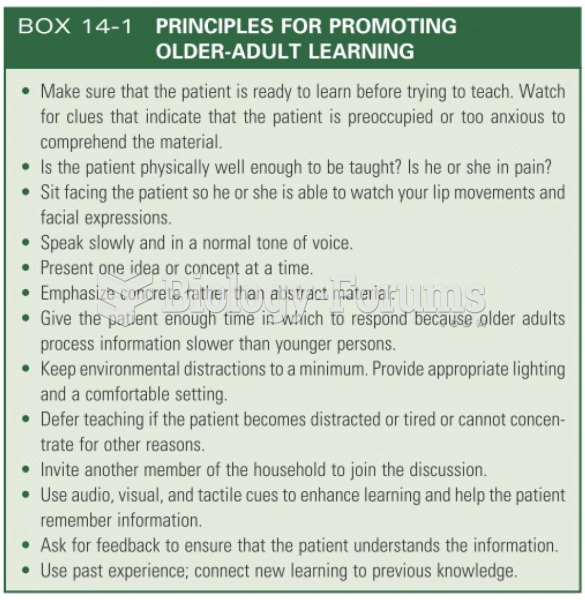Answer to Question 1
Older gay men, like older lesbians, grew up in a time that was very repressive in terms of acceptance of gay persons. They grew up with the societal stigma that accompanied being gay, and may harbor more internalized homophobia than younger gay men. As noted above, internalized homophobia can have repercussions for the health and mental health of these men. There is a stereotype of older gay men: alone and lonely, haunting gay bars and looking, unsuccessfully, for younger men. There is even a myth that gay men age faster than heterosexual men. This was used in the past by psychologists to warn younger gay men regarding the disadvantages of aging as a gay man, apparently hoping that the young men would change their minds about being gay. Berger and Kelly found that there is no truth to this myth. They also found that gay men age similarly to heterosexual men and that both experience loneliness. In regard to loneliness, the authors found no difference in the perception of loneliness reported by young gay men and older gay men. Gay men, on the whole, age well. Although most of the research on older gay men suggests that gay men age similarly to heterosexual men, one major difference is that older gay men experienced the AIDS crisis more profoundly than their heterosexual counterparts. They may have lost friends due to this disease and they may have the illness themselves. The loss of friends due to HIV/AIDS may have effects on limiting support networks which are crucial for aging well. For those living with AIDS, they have the added burden of living with a chronic disease. In a wide-ranging effort to get a profile of older adults with AIDS, Crystal et al. found that older gay men with AIDS felt that their bodies were worn down due to age and illness, they felt more isolated, they felt less sympathy from others, and they were judged more harshly by others. In looking at the strengths or adaptive resources of this population, Crystal et al. found that these men had a higher socioeconomic situation than younger gay men; they did not feel as cheated by learning they have a life-threatening disease; they had greater respect for life and health as wisdom comes with age; and older people are less threatened by disability and fatigue. The authors stated that in general older gay men had better health perceptions than younger gay men, which may have a positive effect on their health outcomes. Older gay men may not have family members to care for them as they age, so they may rely more on social and health services for care. As with men in middle age, older gay men have concerns about how they will be treated by health care and other workers due to their double status of being gay and having AIDS. Social workers in these settings should take on the role of educating staff members regarding this population to make sure that the client's/patient's experience does not prevent him from seeking continuing services. Also, referral to an LGBT community center, SAGE organization, and other social supports, if available, would be an important part of working with this population.
Answer to Question 2
The suggestions offered by Larson for social workers working with lesbians coming out in midlife are as following:
They should recognize the totality of this change for the clients and how thoroughly it affects their current circumstances and the ramifications of taking on a stigmatized identity.
If a client is coming out in the context of a marriage or a marriage and parenting, they should not ask her to think about the effect on the others in her life without showing empathy for her and the obstacles that she faces (one should not be judgmental).
As with anyone who is coming out, they should help her to plan carefully how she would like to disclose to others and when.
They should assist the clients in gaining legal services if they may need them for divorce and custody concerns.
They should help the clients to understand that they might receive a cool reception from the LGBT community due to coming out later in life (and in some cases being previously married to a man).
If available, a support group may be helpful to this population. Providing literature, films, and videos can be useful tools as well.







